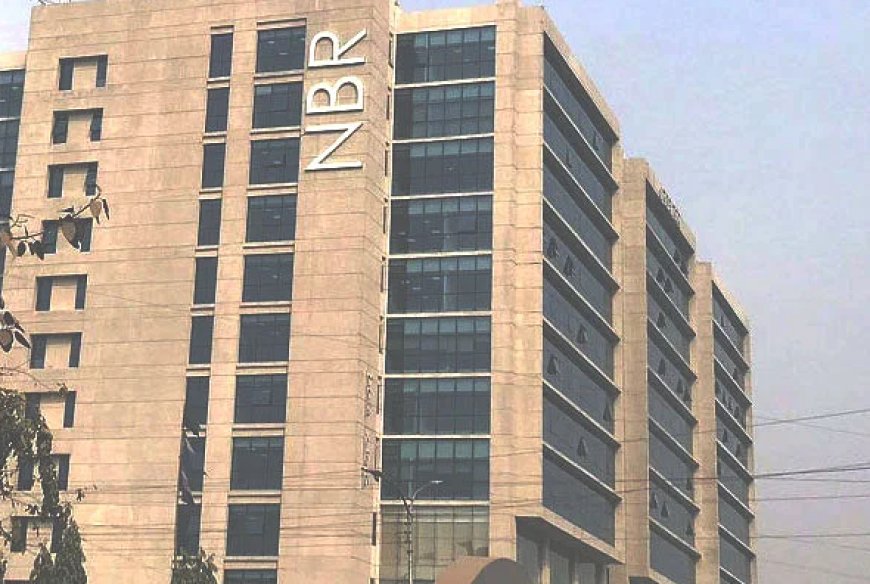Government's debt burden is increasing compared to revenue collection
Government's debt burden is increasing compared to revenue collection

Government's debt burden is increasing compared to revenue collection. The government has to borrow more than half of the revenue collected by the National Board of Revenue (NBR) from domestic and foreign sources. Development and non-development expenditure of the government is increasing every year. But due to insufficient revenue collection, the government has to borrow to meet the additional expenditure. As a result, the debt ratio of the government is increasing in the ratio of revenue collection, the debt repayment pressure is also increasing.
Analysts believe that the tax-GDP ratio in the country is still below 10 percent. The tax-GDP ratio has not been good for two decades. However, the tax collection situation has worsened in recent times as compared to Gross Domestic Product (GDP). Revenue collection is not growing at the same pace as the size of GDP. Bangladesh is one of the backward countries in the world in terms of tax collection compared to GDP.
Analyzing the data of NBR and Ministry of Finance, it has been found that in the span of 10 years, the amount of domestic and foreign loans has increased by 9 percentage points in proportion to NBR's revenue collection. That is, the amount of government debt is increasing every year. The tendency to take loans for three-four years has been seen higher.
Bangladesh government borrows more from countries and organizations like World Bank, Asian Development Bank (ADB), Japan, China, Russia, India. Most of the loans are taken to implement various projects under the Annual Development Program (ADP). And among the internal debt, the government mainly borrows more from banks and financial institutions. Apart from this, money is borrowed by selling savings bonds and issuing bonds to meet the increased demand for money.
According to the sources of the Ministry of Finance, in the fiscal year 2013-14, i.e. 10 years ago, the government took a total loan of Tk 53 thousand 595 crore from domestic and foreign institutions. NBR's revenue that year was Tk 1 lakh 20 thousand 819 crores. But to meet the non-development expenditure and to fund the development budget, the government has had to borrow money out of the NBR's income, which is about 44 percent of the NBR's income. This rate only increased over the next decade.
In the last financial year 2022-23, the total amount of debt of the government from domestic and foreign sources was 1 lakh 72 thousand 285 crores. In the current financial year, the collection of NBR was Tk 3 lakh 25 thousand 272 crore. In other words, compared to the amount of money that NBR has been able to collect, the government has been forced to borrow 53 percent more to meet the expenses.
When asked how the domestic and foreign debt pressure is increasing, Zahid Hossain, the former chief economist of the World Bank's Dhaka office, told Prothom Alo that the budget is under pressure due to low revenue collection and high borrowing. According to a report on debt management by the International Monetary Fund (IMF), the amount of money that Bangladesh has to spend on domestic and foreign debt interest payments is equal to 71.8 percent of revenue collection and grants. It may increase to 101 percent in the current financial year. If the amount of revenue a country collects goes to pay interest on debt, it will have to borrow continuously to meet development and other expenses.
What's Your Reaction?















